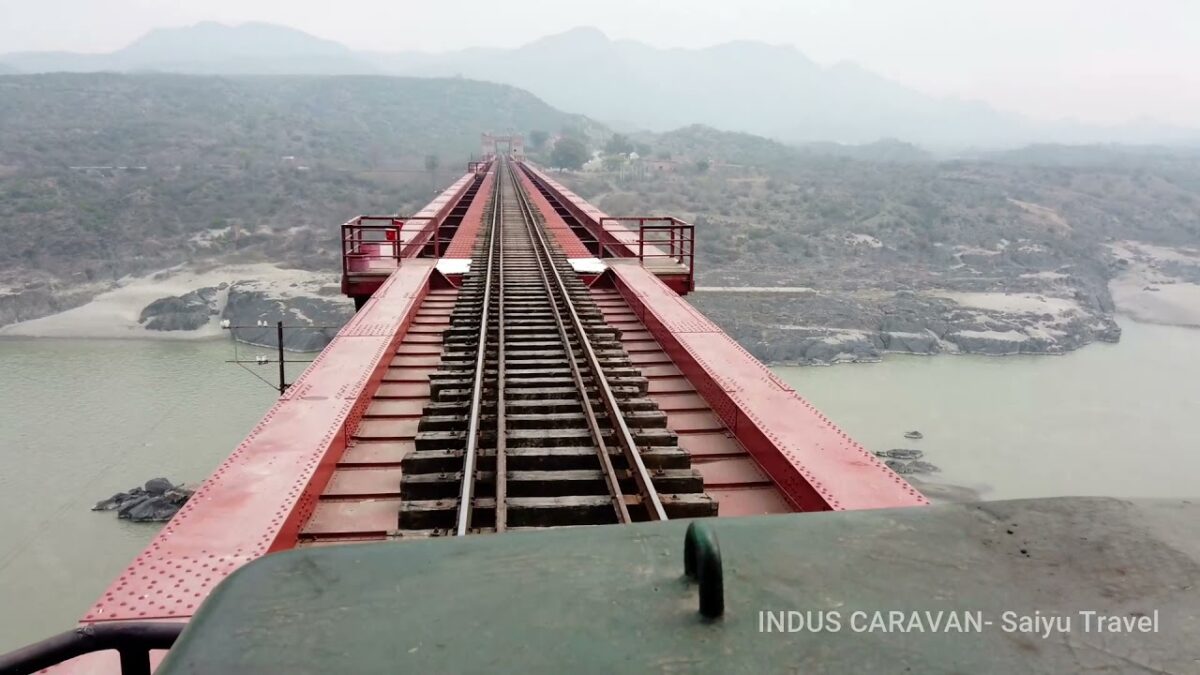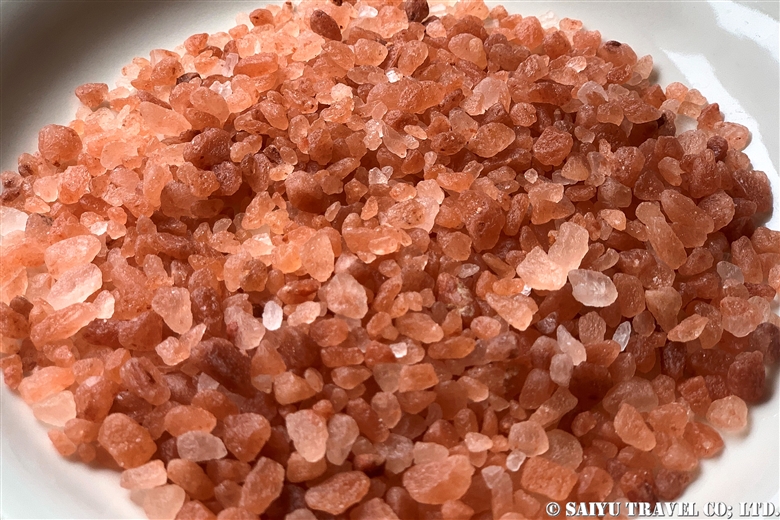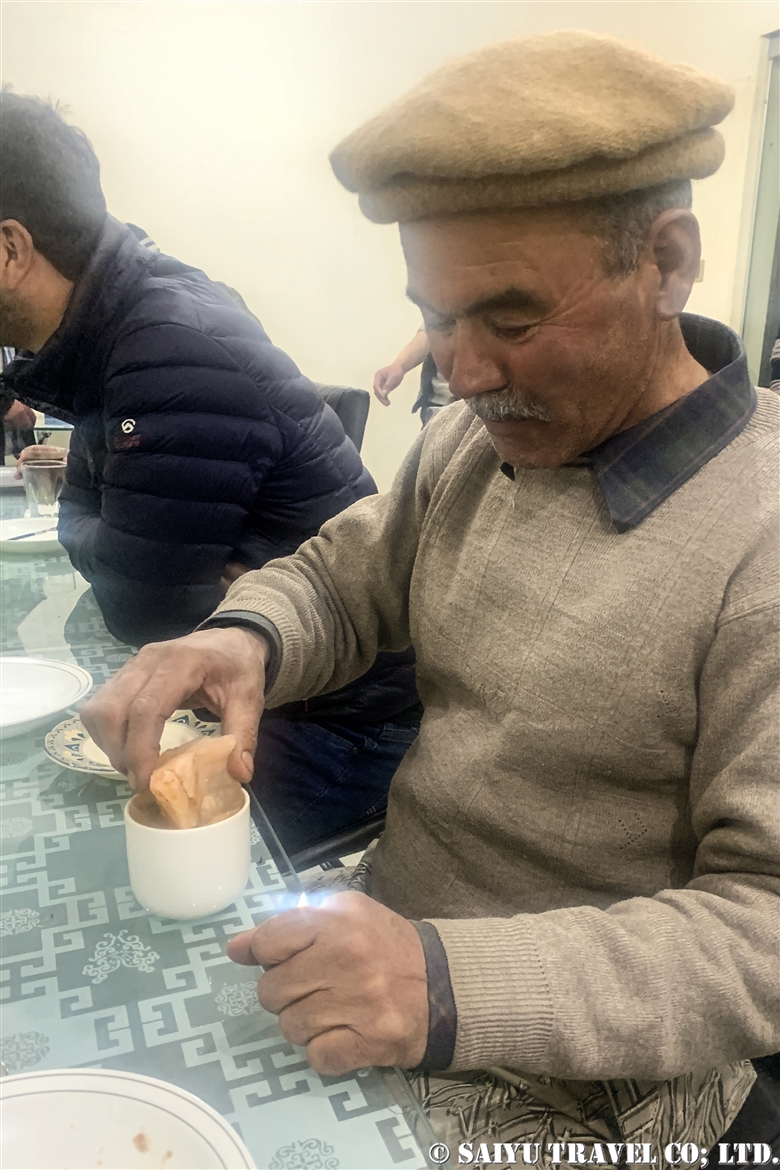This is a video that highlights the scenery of the Kalash Valley when we visited in October. In the past when we visited Bumburet village, it was during the tourist season and quite crowded with domestic tourists.
However, by the middle of October, there were very few visitors at this time of year and the village was quiet.
KALASH VALLEY Bumburet & Rumbur|カラーシャの谷(ボンボレット&ランブール)
Image : Mariko SAWADA
Visit : Oct 2021, Bomboret & Rambur, Kalash valley, Khyber Pakhtunkhwa
Category : = Video Clip KPK > ◆ Video Breathtaking Views of Pakistan > - Kalash Valley > ◆Khyber PakhtunkhwaTag : Pakistan Travel Blog , Pakistan Travel company , Pakistan tour operator , Ayun , Indus Caravan , Pakistan Photography Tour , Bomboret , Chitral , Saiyu Travel Pakistan , Rambur , Kafiristan , PakistanBlog , Rambur valley , Kalash , Kalasha Valleys , Bumburet , Kalash valley , Bomboret village , Kalasha , Bumburet Village , Khyber Pakhtunkhwa , Pakistan Travels , Pakistan Blog





-1-1200x675.jpeg)




























































